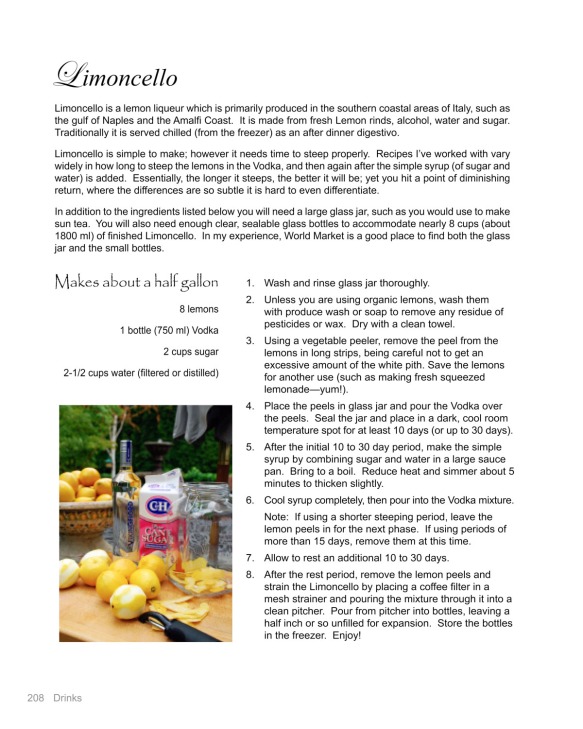
In my novel, Missing in Firenze, this Arancia Rosso Semifreddo is served to Antonio and his family at a celebratory dinner in Enzo’s Trattoria, owned by a friend. Semifreddo, which translates “half-cold”, is a rich and creamy, semi-frozen dessert reminiscent of a frozen mousse. Originally from the north-central region of Emilia-Romagna, it has become popular throughout Italy. Though made with heavy cream and egg yolks, the orange zest and juice give it a light and refreshing character. This dessert works perfectly with Keto diets also. All you have to do is use a sugar substitute.


You’ll notice I always start with mis en place, the French term for all in place. Then, I zested one of the blood oranges and then squeezed about a half cup of the juice.
Next, I prepared what the Italians call Zabaglione, an Italian custard. I separated the yolks from ten large eggs and put them in a bowl which will fit into a pan of simmering water to create a double-boiler. Add sugar, or your favorite sugar-substitute, a pinch of salt, zest, juice, and liqueur if you choose to add it.


To create a double-boiler, place an inch of water in a large saucepan. Bring to a simmer over low heat. Place the bowl atop simmering water. Using a whisk or hand mixer, whisk the egg mixture until thick and creamy.
Check periodically with a thermometer inserted until the mixture registers 160º F (about 6-8 minutes). Set the bowl of custard into a bowl of ice water to cool completely. You’ll notice the temperature goes up quickly at first, but the last ten degrees come slowly as the mixture becomes light and airy.

The idea of whisking the egg yolks over simmering water is to produce a light, airy custard—but also to ensure the raw eggs are safe for consumption. It is critical that you cool this thoroughly before mixing with the whipped cream.

While the zabaglione is cooling, in another large bowl, using an electric mixer, beat the heavy cream until peaks form. Gently fold the whipped cream into the custard using a large rubber spatula.
Spoon the mixture into the loaf pan. Cover with the overhanging plastic wrap and freeze until fully hardened (a minimum of 8 hours or up to 3 days).



I chose to garnish mine with candied blood orange slices and pomegranate seeds. Some other delicious alternatives to the pomegranate seeds would be crushed amaretti cookies, almonds (slivered or sliced), pistachios nuts or macadamia nuts. To candy the orange slices, dissolve sugar or your favorite sugar-substitute in simmering water. Add orange slices. Simmer for about 45 minutes. Cool on a wire rack or metal tray if you have one.

When ready to serve, unfold the plastic wrap and using the wrap like handles, lift the semifreddo out of the pan and invert onto a platter (if it does not want to come out, dip the pan briefly in warm water).
Gently peel off plastic wrap. Cut into 10 or 12 slices. Garnish with half slices of candied orange and pomegranate seeds or alternative.

Sit back and enjoy and soak up the praises which will be heaped upon you. You deserve it!
Ingredients:
Procedure:
Serves 10-12
3/4 cup sugar or sugar substitute
10 large egg yolks
zest of one medium blood orange
1/2 cup fresh squeezed blood orange juice
1/4 cup orange flavored liqueur such as Cointreau or Grand Marnier (optional)
Pinch of salt
2 cups heavy cream
Pomegranate seeds for garnish (optional)
Candied Blood Orange Slices:
6 or more Blood Orange slices
2 cups water
1 cup sugar or sugar substitute
Procedure for Orange Slices: Dissolve sugar in simmering water. Add orange slices. Simmer for 45 minutes.
- Spray a 9×5 inch loaf pan with non-stick cooking spray. Line the pan with plastic wrap, allowing enough to hang over the sides with which to cover the top after filling pan.
- To create a double-boiler, place an inch of water in a large saucepan. Bring to a simmer over low heat.
- Place the sugar, egg yolks, zest, juice, liqueur, and salt in a large metal mixing bowl.
- Place the bowl atop simmering water. Using a whisk or hand mixer, whisk the egg mixture until thick and creamy; and a thermometer inserted into the mixture registers 160º F (about 6-8 minutes). Set the bowl of custard into a bowl of ice water to cool completely.
- In another large bowl, using an electric mixer, beat the heavy cream until peaks form. Gently fold the whipped cream into the custard using a large rubber spatula.
- Spoon the mixture into the loaf pan. Cover with the overhanging plastic wrap and freeze until fully hardened (a minimum of 8 hours or up to 3 days).
- When ready to serve, unfold the plastic wrap and using the wrap like handles, lift the semifreddo out of the pan and invert onto a platter (if it does not want to come out, dip the pan briefly in warm water).
- Gently peel off plastic wrap. Cut into 10 or 12 slices. Garnish with half slices of candied orange (and pomegranate seeds if desired (or alternatives below).

You can find a Limoncello version of this dessert in my cookbook, Frankie at Home in the Kitchen, available on Amazon, or …
click on the image to the left to order autographed copies on my website.
I hope you’ll enjoy this recipe. It really is delicious! Buon appetito!
To subscribe to my food blog, go to the top left of the home page. Then you will receive notification of all new recipe postings.










































